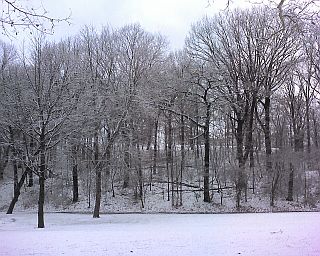 Just now we’re having two days of winter.
Just now we’re having two days of winter.
On Thursday it drizzled, rained and poured heavy snow-filled drops. Miserable weather but excellent for ducks as Dan Yagusic discovered when he found, among other things, two long-tailed ducks on the Allegheny River.
It was a lot of rain – so much that it flooded the Monongahela parking wharf – but the rain changed to snow overnight and coated everything white.
I was stir crazy from staying indoors so I walked to work on Friday and took this picture in Schenley Park. Not an inspiring photo, but you get the idea. As if we needed to be convinced it’s winter again, it was 17 degrees last night.
Today it’s clear, sunny and bright. The snow may stay through this afternoon but it’ll certainly melt tomorrow when the temperature climbs into the 50s again.
I shouldn’t complain. I’ll be doing the Buffalo Creek Christmas Bird Count tomorrow and will appreciate the warmth. But I really do prefer winter white.
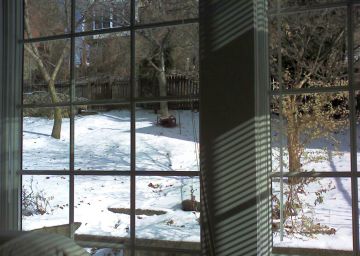 It’s one of those days when it looks nicer outside than it really is. The wind is blowing hard from the north but the sun is out so the birds and squirrels are at my feeders.
It’s one of those days when it looks nicer outside than it really is. The wind is blowing hard from the north but the sun is out so the birds and squirrels are at my feeders.  I couldn’t let this day pass without commenting that we have yet another day of absolutely blue sky in Pittsburgh. It looks just like that blue square at left (which is actually a picture of the sky).
I couldn’t let this day pass without commenting that we have yet another day of absolutely blue sky in Pittsburgh. It looks just like that blue square at left (which is actually a picture of the sky).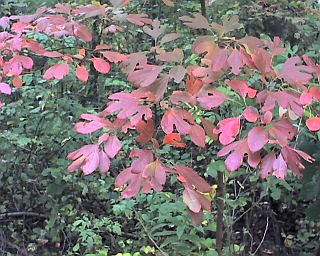 Compared to the Great Plains and the coasts, Pittsburgh is not a windy place. Our typical wind speed is 5-10 miles per hour and some days there’s no wind at all.
Compared to the Great Plains and the coasts, Pittsburgh is not a windy place. Our typical wind speed is 5-10 miles per hour and some days there’s no wind at all.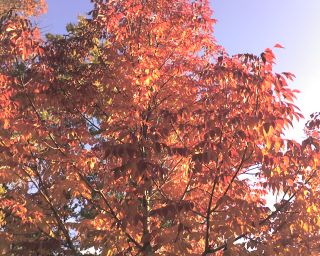 Not much to report – but it was a sunny day in Pittsburgh so I ignored my Saturday chores and took a walk in Schenley Park.
Not much to report – but it was a sunny day in Pittsburgh so I ignored my Saturday chores and took a walk in Schenley Park.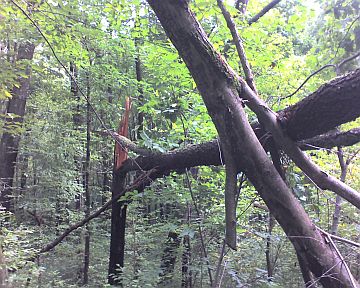 …does it make a sound?
…does it make a sound?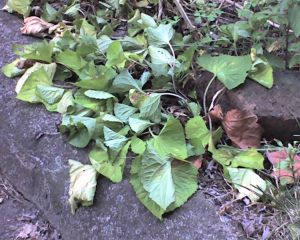 After a long, long spate of beautiful weather we now have a drought. The sunny days and clear cool nights I find so appealing have not produced any rain. It’s another case of too much of a good thing.
After a long, long spate of beautiful weather we now have a drought. The sunny days and clear cool nights I find so appealing have not produced any rain. It’s another case of too much of a good thing.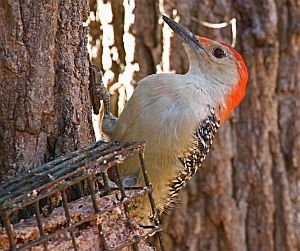 The
The 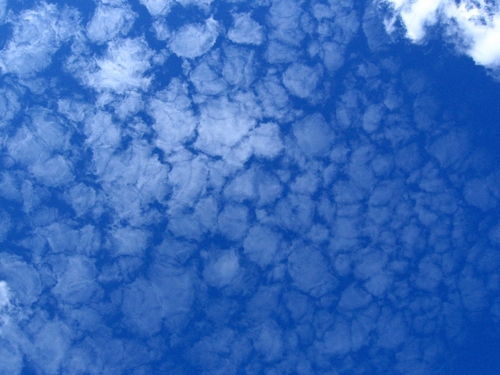
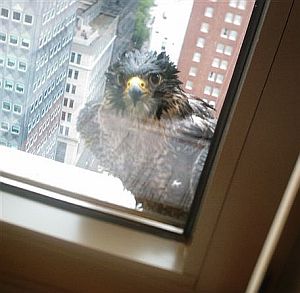 Who’s this birdie at the window? He’s one of the young peregrines who fledged from the Gulf Tower, photographed by Terri Watson at
Who’s this birdie at the window? He’s one of the young peregrines who fledged from the Gulf Tower, photographed by Terri Watson at